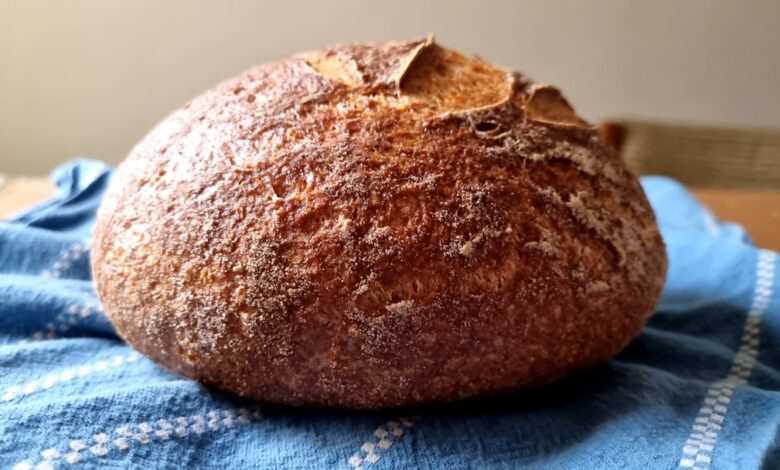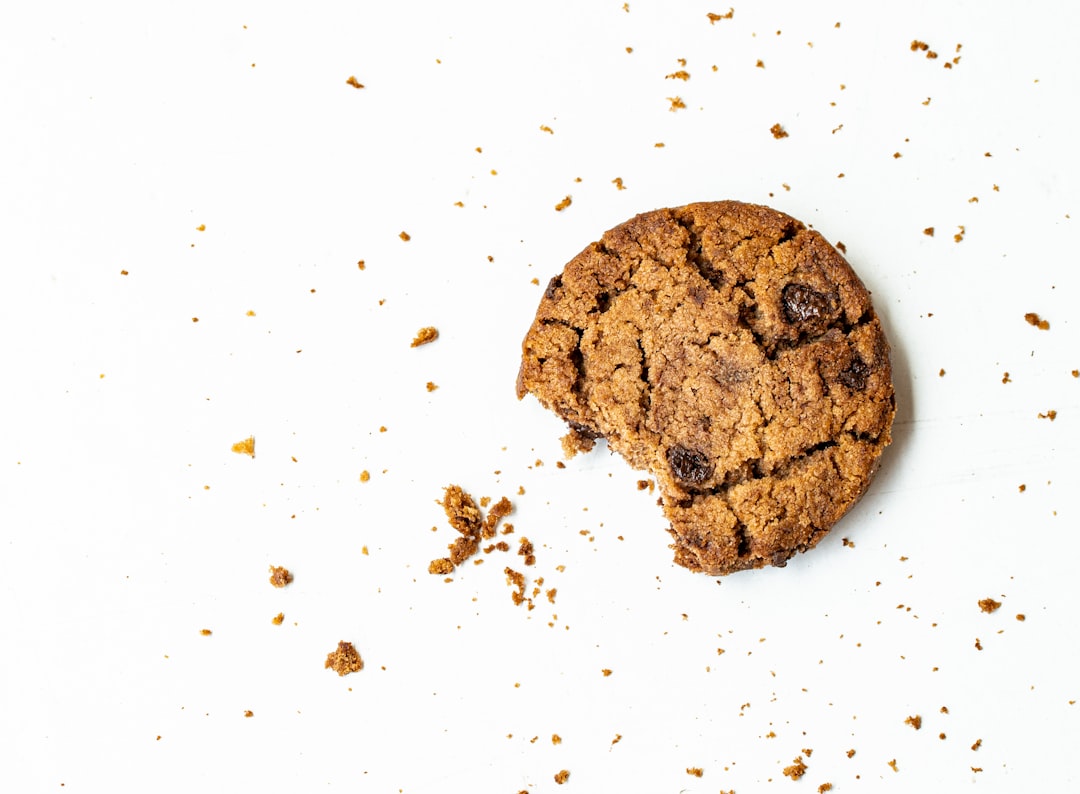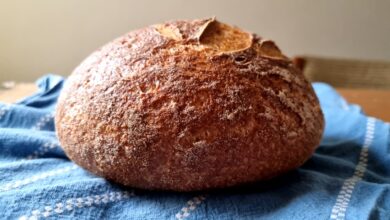Best Flour For Gluten Free Cookies

Baking gluten-free cookies can feel like a bit of a challenge. You want that perfect texture, the right amount of chewiness, and of course, that delicious cookie flavor. But with so many gluten-free flour options available, how do you choose the best one for your baking needs? Don’t worry; I’m here to guide you through the world of gluten-free flours and help you bake the most amazing gluten-free cookies ever!

Understanding Gluten and Its Role in Cookies
Before we dive into specific flours, let’s quickly chat about gluten. Gluten is a protein found in wheat, rye, and barley. It’s what gives baked goods their elasticity and chewy texture. When you mix wheat flour with water, gluten develops, creating a network that traps air and helps the cookie hold its shape. Since gluten-free flours lack this protein, we need to find ways to mimic its effects to achieve the best cookie results.
Top Gluten-Free Flours for Cookies
Here’s a breakdown of some of the best gluten-free flours for making cookies, along with their unique characteristics:
Almond Flour
Almond flour is made from finely ground almonds. It’s a popular choice for gluten-free baking because it adds a slightly nutty flavor and creates a moist, tender cookie. Almond flour is also relatively high in protein and healthy fats, making it a more nutritious option compared to some other gluten-free flours. However, almond flour cookies can sometimes be a little crumbly, so it’s often best to combine it with another gluten-free flour or a binding agent like xanthan gum.
Oat Flour
Oat flour is made from ground oats and has a slightly sweet, oaty flavor. It can create a soft, chewy cookie. Make sure you are using certified gluten-free oat flour if you have celiac disease or are very sensitive to gluten, as regular oats can sometimes be cross-contaminated with wheat during processing. Oat flour is great for adding moisture and a slightly denser texture to your cookies.
Rice Flour
Rice flour comes in both white and brown varieties. White rice flour has a neutral flavor and can be used as a base flour in gluten-free blends. Brown rice flour has a slightly nuttier flavor and more fiber, but can sometimes result in a grittier texture if used alone. Rice flour is often combined with other flours to create a balanced gluten-free cookie.
Tapioca Flour (or Tapioca Starch)
Tapioca flour, also known as tapioca starch, is a very fine, starchy flour made from the cassava root. It helps to bind ingredients and adds a chewy texture to cookies. Tapioca flour is often used in combination with other gluten-free flours to improve the overall texture of the cookie.
Potato Starch
Potato starch is another starch that works well in gluten-free baking. It’s different from potato flour, which has a more potato-like flavor. Potato starch is very fine and helps to create a light and airy texture. It also absorbs moisture well, preventing cookies from becoming too dry.
Coconut Flour
Coconut flour is made from dried coconut meat that has been ground into a fine powder. It has a distinct coconut flavor and is very absorbent, so you’ll typically need to use more liquid in your recipe when using coconut flour. Coconut flour can produce a slightly drier cookie, so it’s often best used in combination with other gluten-free flours and plenty of moisture.
Creating the Perfect Gluten-Free Flour Blend
Often, the key to the best gluten-free cookies is using a blend of different flours. This helps to balance the characteristics of each flour and create a cookie that has the right texture, flavor, and structure. A common blend might include a combination of rice flour, tapioca starch, and potato starch, along with a nut flour like almond flour. You can also purchase pre-made gluten-free flour blends, which are formulated to work well in a variety of baked goods.
The Importance of Xanthan Gum
Xanthan gum is a common ingredient in gluten-free baking that acts as a binder and helps to mimic the elasticity of gluten. It’s a polysaccharide (a type of sugar) that’s produced by bacteria. Adding a small amount of xanthan gum to your cookie dough can significantly improve the texture and prevent the cookies from crumbling. Most gluten-free flour blends already contain xanthan gum, but if you’re making your own blend, be sure to add it in.
Tips for Baking Gluten-Free Cookies
Here are a few extra tips to help you bake the best gluten-free cookies:
- Measure accurately: Gluten-free flours can behave differently than wheat flour, so it’s important to measure accurately, ideally using a kitchen scale.
- Don’t overmix: Overmixing can develop the “gluten” in gluten-free flours (starches) and lead to tough cookies. Mix just until the ingredients are combined.
- Chill the dough: Chilling the dough for at least 30 minutes can help prevent the cookies from spreading too much during baking.
- Use parchment paper: Line your baking sheet with parchment paper to prevent the cookies from sticking.
- Let them cool: Allow the cookies to cool completely on the baking sheet before transferring them to a wire rack. Gluten-free cookies can be more fragile when warm.
Troubleshooting Common Gluten-Free Cookie Problems
Even with the right flour, gluten-free baking can sometimes be tricky. Here are a few common problems and how to fix them:
- Cookies are too crumbly: Try adding more xanthan gum or using a flour with higher binding properties, like tapioca flour.
- Cookies are too dry: Add more liquid to the dough or use a flour with higher moisture content, like almond flour or oat flour.
- Cookies are too dense: Use a lighter flour, like potato starch, or add a leavening agent like baking powder.
- Cookies spread too thin: Chill the dough before baking or use a flour with higher structure, like almond flour.
Recipe Adjustments for Gluten-Free Flours
When converting a traditional cookie recipe to gluten-free, remember these adjustments:
- Reduce liquids slightly, as some gluten-free flours absorb more moisture.
- Increase fat, which helps with tenderness.
- Add xanthan gum (if not already in your flour blend) – typically about 1/4 to 1/2 teaspoon per cup of flour.
Frequently Asked Questions
Can I use all-purpose gluten-free flour for cookies?
Yes, you can! All-purpose gluten-free flour blends are designed to be a direct substitute for wheat flour in most recipes, including cookies. Just be sure to check if the blend already contains xanthan gum, and if not, add a little to your recipe.
Is almond flour better than oat flour for cookies?
It depends on your preferences! Almond flour creates a slightly nutty and moist cookie, while oat flour adds a slightly sweet and chewy texture. Both are great options, so it really comes down to personal taste.
Do gluten-free cookies taste different?
Gluten-free cookies can taste slightly different than traditional cookies, depending on the flours you use. However, with the right blend of flours and ingredients, you can create gluten-free cookies that are just as delicious as their wheat-based counterparts.
Can I make gluten-free cookies without xanthan gum?
Yes, you can, but the texture may be different. Some gluten-free bakers use other binding agents, like psyllium husk or flaxseed meal, as a substitute for xanthan gum. These can help to hold the cookies together, but the results may vary.
Choosing the best gluten-free flour for cookies is a journey of experimentation and personal preference. Don’t be afraid to try different flours and blends to find what works best for you. With a little practice, you’ll be baking amazing gluten-free cookies in no time!



